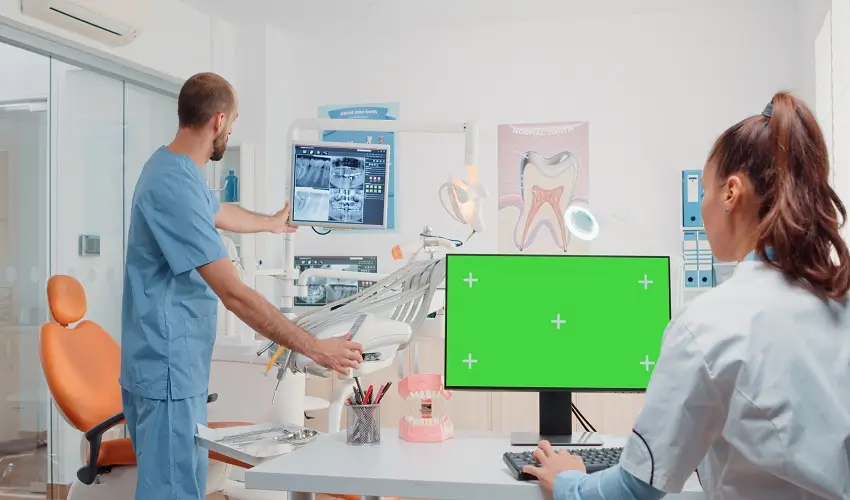For those in the healthcare industry, gaps in care are not uncommon—patients, providers, and those in between can all contribute to shortcomings that result in poor quality of care and high economic costs.
Gaps in care often have serious, costly repercussions for everyone involved, especially patients. Closing the gap leads to better outcomes—patients are healthier, and healthcare providers earn more. While it is easier said than done, bridging gaps in care begins with identifying and addressing areas for improvement.
What Does “Gaps in Care” Mean?
A “gap in care” is the disparity between recommended best practices and the actual care given to the patient. Examples of gaps in healthcare include:
- Individuals in at-risk groups or with high vulnerabilities miss their recommended annual screenings to identify serious conditions.
- Individuals receive a diagnosis for a condition but do not inform their primary care physician or a specialist.
- Individuals fail to consult their doctors about prescription drugs that may have adverse effects on them.
- Individuals with symptoms dismiss the need for checkups or delay consultation due to a lack of available care in their area or network.
- Children skip their wellness visits and scheduled vaccinations.
Why It’s Critical to Address Gaps in Care
Gaps in care happen daily, causing long-term and sometimes irreversible effects on the affected patients. For instance, some patients are given medicine for a diagnosed illness, only to find out later that it can worsen another condition they suffer from.
Not all patients are proactive in caring for their health, which is why the need to address gaps is so pressing. Moreover, medical professionals rarely have a full overview of their patients’ conditions. These incidents result in missing information and disruptions in care delivery, which frequently lead to misdiagnosis, incorrect treatments, large medical expenses, and reduced quality of life for the patient.
Gaps in healthcare also impact medical providers. They can improve the quality of care they give by going beyond their patients’ physical complaints and symptoms. A comprehensive profile fills in the necessary information, such as medical history, medicines taken, checkup frequency, and risk factors, to help determine the recommended care they should receive.
In addition to better care quality, closing the gaps means more efficient operations. By making a correct diagnosis, healthcare professionals can cut down on waste caused by unnecessary prescriptions and exams. This helps keep healthcare costs down. And managing costs translates to optimized profits.
How Do You Address Gaps in Healthcare?
Closing the gaps in care requires a multi-pronged approach. Below are a few strategies to consider.
Gather Good Data
To address gaps in care, you’ll have to identify them first. Working with robust data is critical, so having a good data analytics provider is important. For example, medication adherence for certain conditions is one of the most important gaps because it can show if a patient is getting the recommended care. The sooner this gap is closed, the lower overall healthcare costs are likely to be.
Assess Your Partners
Gaps in care may reside outside your processes, resulting in oversights from suppliers, partners, consultants, and insurance companies. Look at these areas and find the trouble spots that could affect the quality of care. From there, use these insights as inputs for an actionable plan.
Educate
Bridging the gaps shouldn’t stop with your organization—it should extend to your patients, as they’ll largely benefit from it as well. Communicating via the right channels and messages encourages them to be more proactive in their well-being, improving their quality of life and lowering the costs of staying healthy.
Closing the Gaps Makes a Difference
Working with a company that provides analytical data about screenings, medication, and other services is an excellent way for patients and medical providers to close the gap in care. Not only does this data save money, but it also helps doctors avoid mistakes when caring for patients, which could save lives.
Jeff Dodenbier is a freelance writer located in Salt Lake City, Utah. He enjoys writing about healthcare and the pharmaceutical industry. He has most recently worked with Xevant and has valuable insight into using data analytics to optimize patient care.





